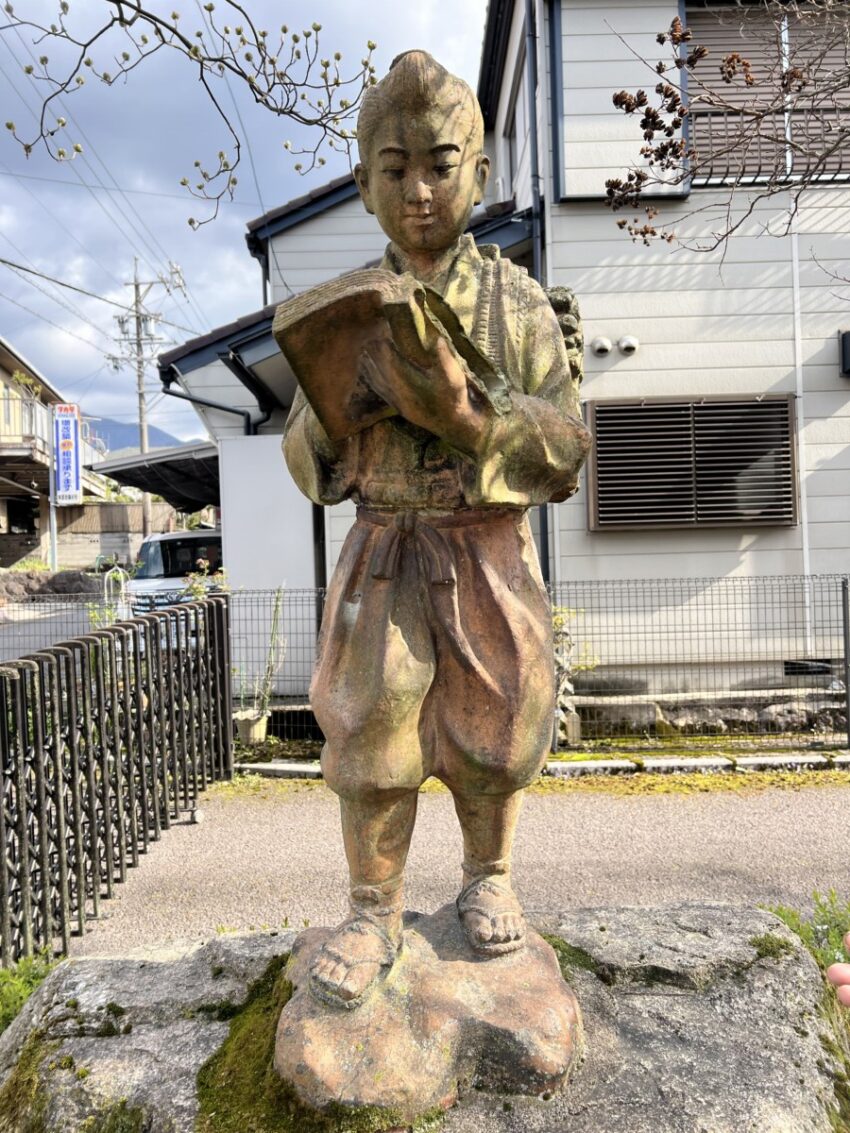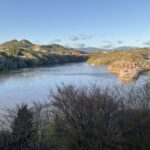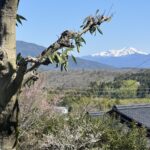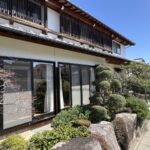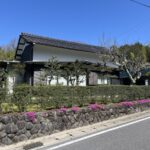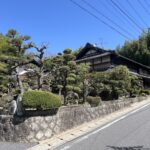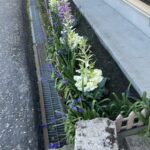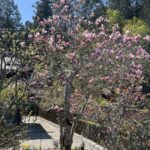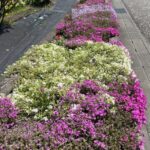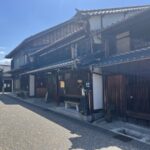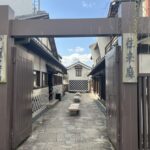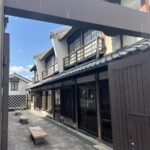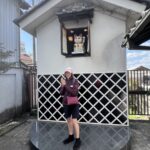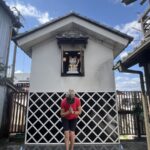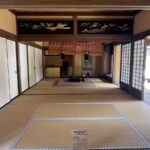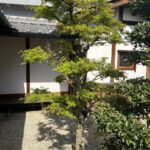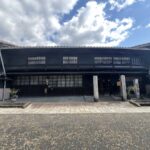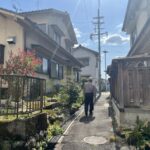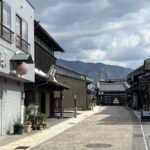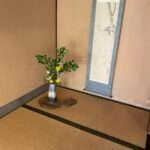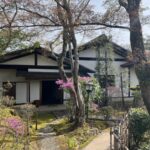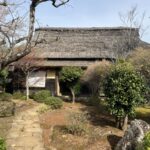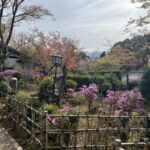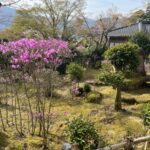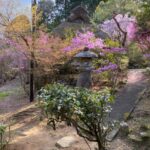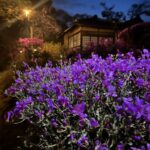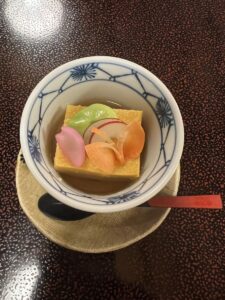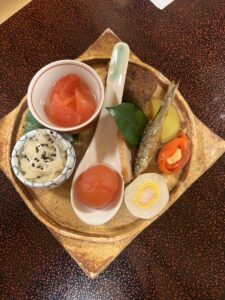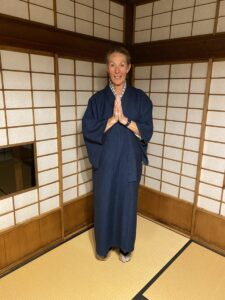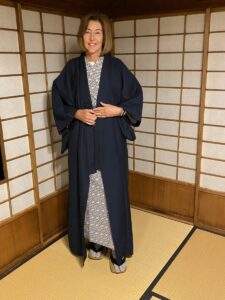Just a bit of history on the Nakasendo Way! Back in the days when feet were just about the only way to travel, the shogun created the Nakasendo Way for the feudal lords to travel between Kyoto in central Japan and the new capital of Edo, present day Tokyo. In its heyday, the 534km-long highway was bustling with samurai, nobles, merchants and commoners alike.
Today we walked from Ena to Nakatsugawa, approximately 12kms. We walked through towns and villages, rice paddies and fields. The area was very rural.
On arrival in Nakatsugawa, we went on a backstreet tour of the city.
Nakatsugawa-juku (town) was one of the 69 post towns along the Nakasendo. Nakatsugawa-juku flourished as a merchant town during the Edo period (1603-1868) and the old townscape still retains its traditional charm. Many houses feature an architectural element called udatsu, which is designed to prevent fires from spreading and stands as a symbol of wealth. During the 2-3-hour walk, our guide Moto, took us to some exciting places unexplored by tourists, such as a historical building that was used as an inn in Edo period and the oldest small stone bridge in Nakatsugawa-juku. We also had a tasting at the local sake brewery. We wandered the local backstreets which were used as escape routes during the shogun period!
Ninomiya Sontoku (1787–1856) is probably best known as the pre–World War II moral example portrayed in countless statues of a youth reading a book with a bundle of firewood on his back. This is the statue on the feature page of this post and at one time, practically every elementary school in Japan displayed a statue depicting Ninomiya as a youth with a bundle of firewood on his back and an open book in his hand. This we learnt on our afternoon tour of Nakatsugawa!
We stayed at Nagasaki Ryoken tonight. It consisted of 6 seperate traditional buildings set in tranquil surroundings, as seen in the photos below.

